A Revolution in Modern Warfare: The German MG 34
October 27th, 2020
6 minute read
Throughout the human experience, there has been any number of weapons that fundamentally changed the way wars were fought. The Roman pilum and gladius, skillfully wielded, subdued the civilized world and poured tribute uncountable into the city-state of Rome. The British Brown Bess musket helped spread the Pax Britannia around the globe. In the 1930s, the Germans secretly contrived a gun that changed absolutely everything about infantry combat. The MG 34 started a revolution that burns brightly even today.
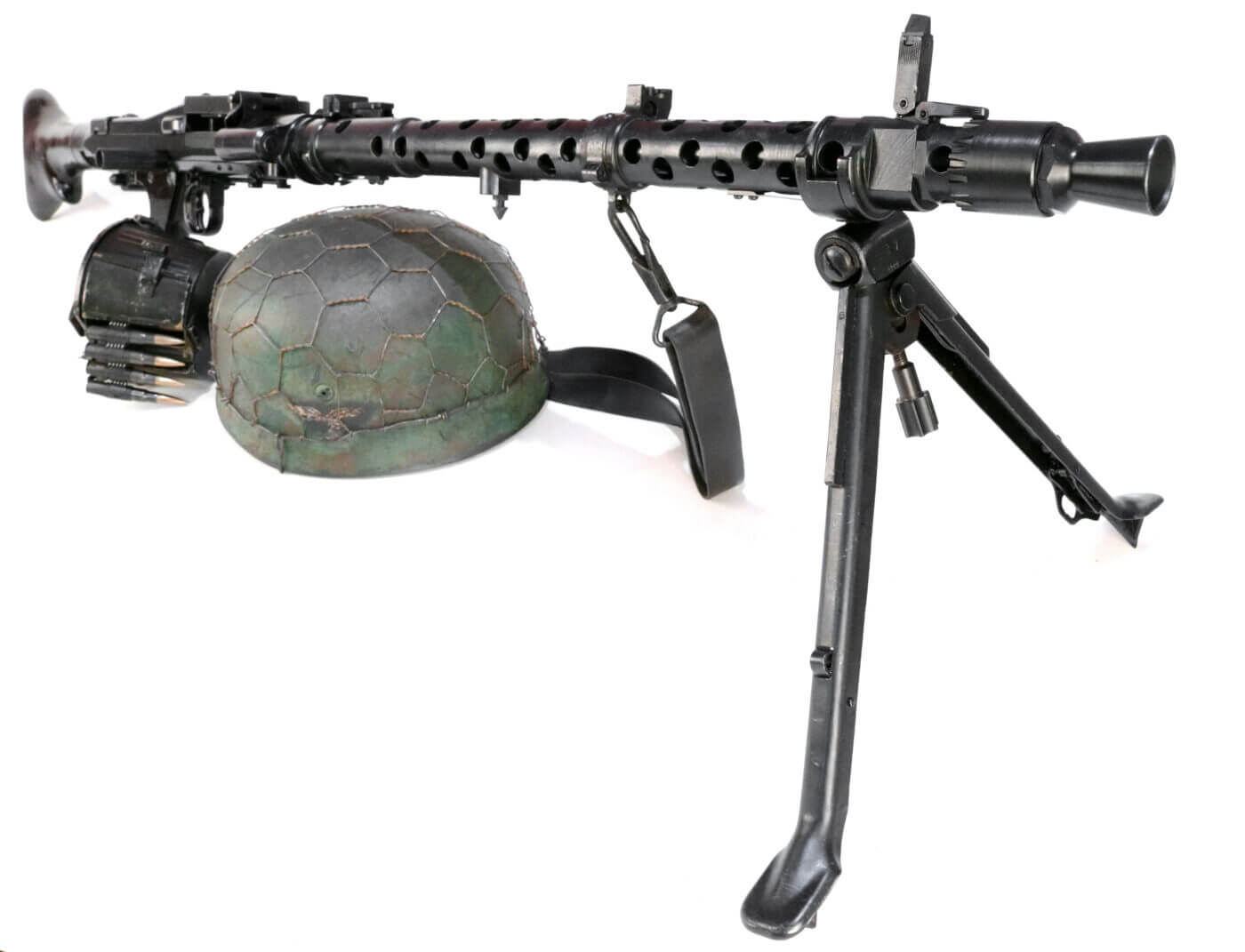
Root Causes
Before the MG 34, the infantry was organized around the rifle. Hundreds of thousands of Americans on both sides died during the American Civil War lined up in massive vulnerable formations designed solely to maximize the effectiveness of their slow-firing percussion weapons. In the hemoclysm that was World War I, it was the infantryman with his rifle who fought to seize and hold terrain. With the man-portable MG 34, however, a single mobile machine gun team could transport serious supporting automatic fire anyplace a man could walk. Warfare would never be the same.
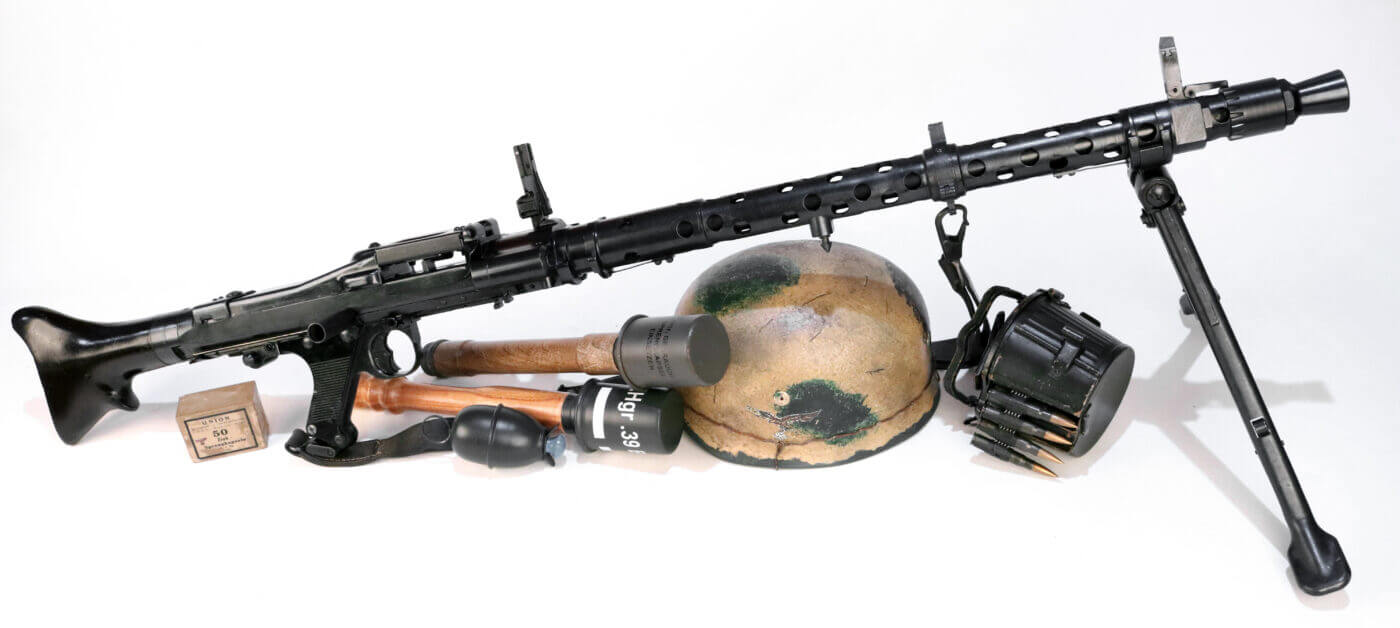
Origin Story
The MG 34 was developed in 1934 and issued to combat troops in 1936. A recoil-operated, air-cooled design, the MG 34 was an absolute nightmare to build. Everything about the gun is meticulously machined out of big chunks of forged steel. However, in the Einheitsmaschinengewehr (or “Universal Machine Gun”) we see the face of the future.
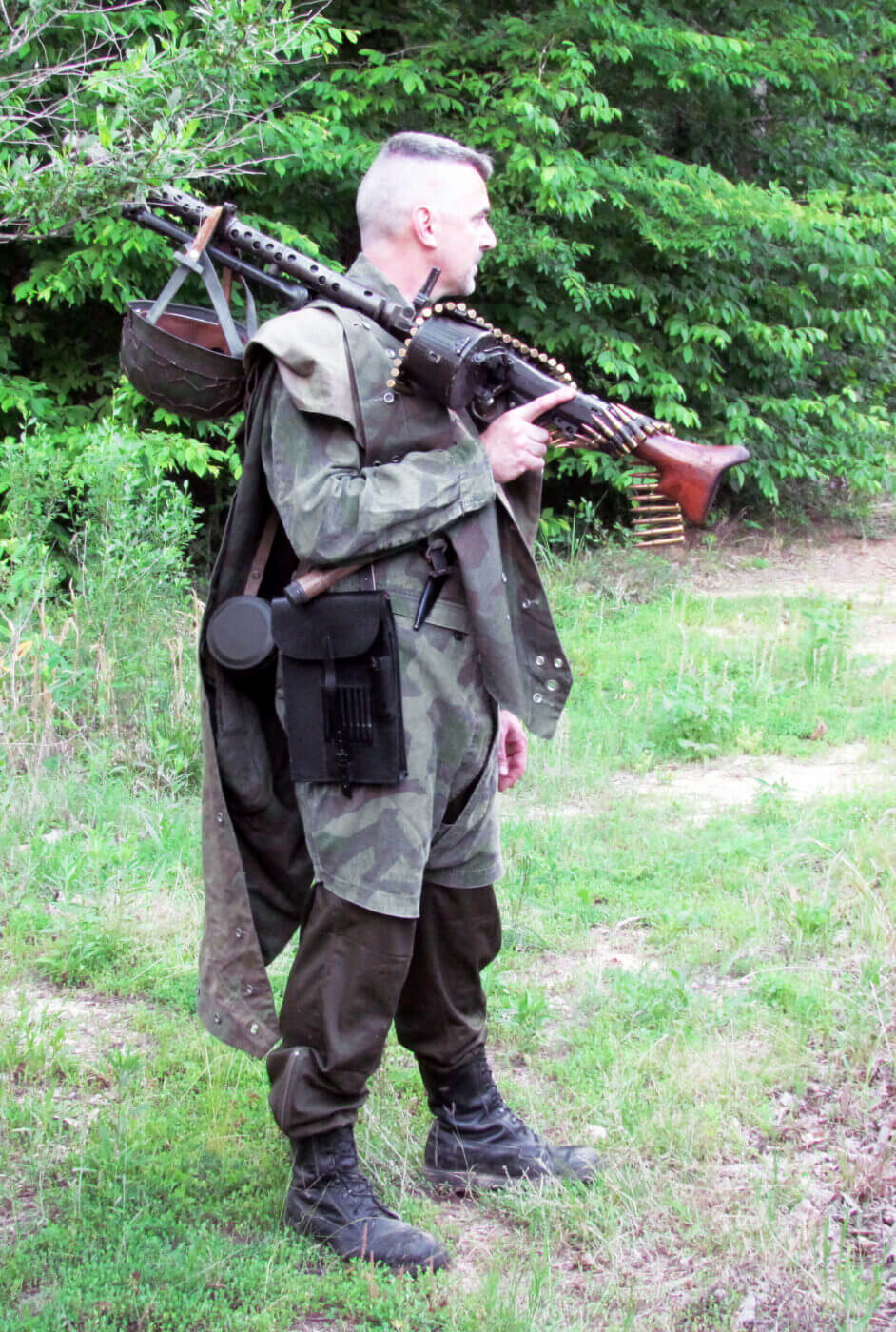
During World War I, the world received its rude awakening to total war in the Industrial Age. Before it was finally over in 1918, some 16 million people perished. No Man’s Land was dominated by belt-fed German Maxim and English Vickers, guns both driven by a common action designed by the American-born Englishman Hiram Stevens Maxim.
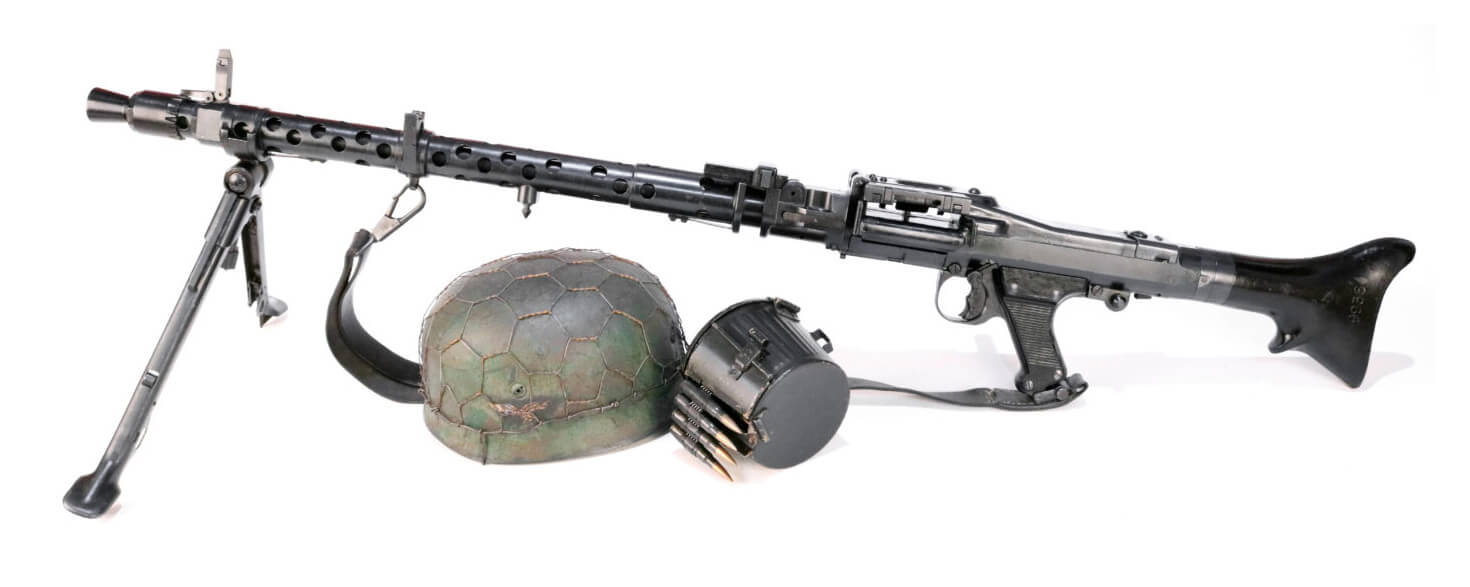
These heavy machine guns fired from fixed positions and were water-cooled to facilitate protracted firing. In fact, in one 1916 engagement, the British 100th Company of the Machine Gun Corps fired a million rounds through ten Vickers guns in one 12 hour period. They burned through 100 barrels but purportedly did not have a single stoppage.
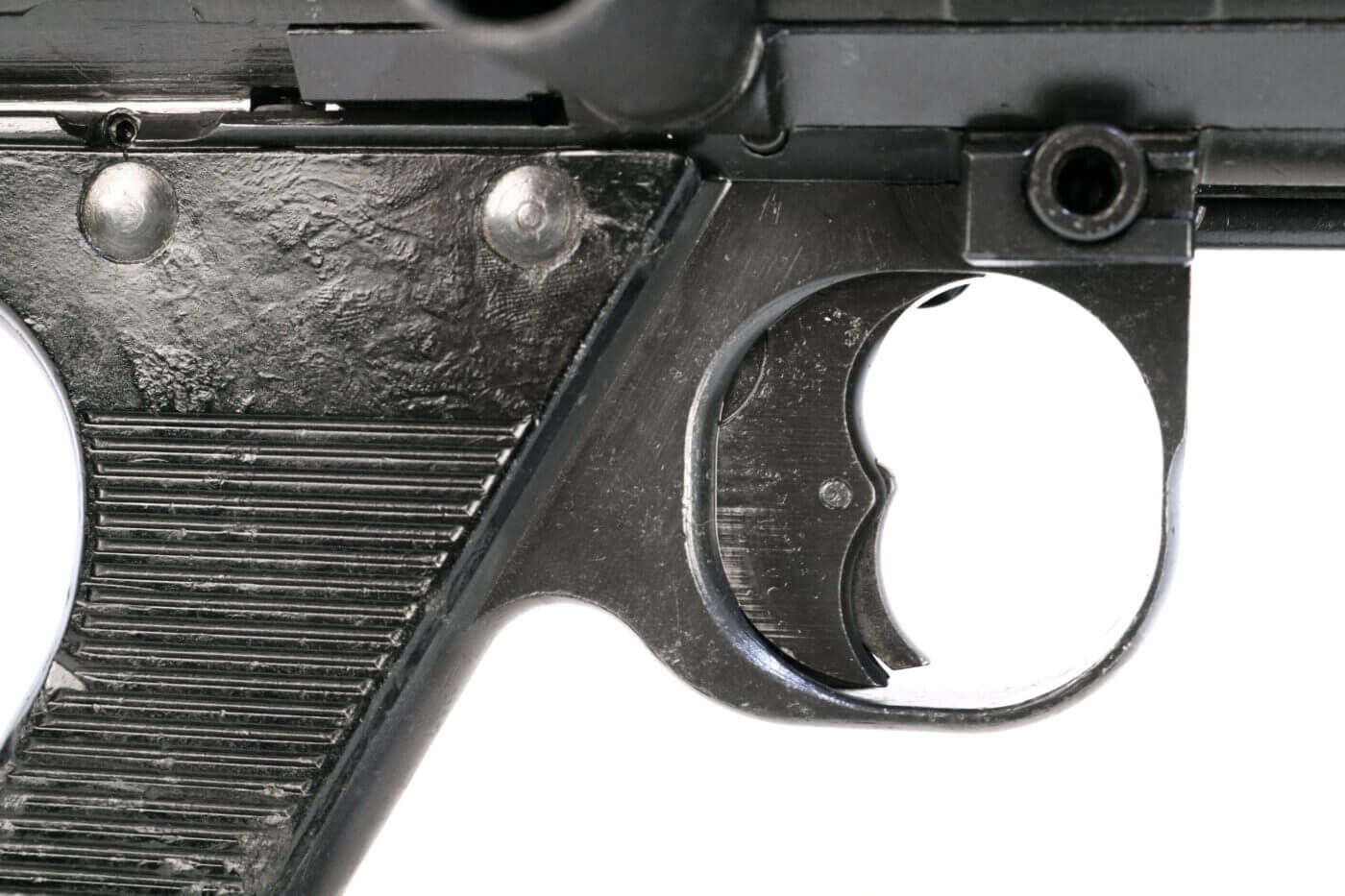
As devastating as these revolutionary weapons were, however, they were just not portable. The German MG08/15 was a legitimate effort, but at nearly 40 lbs. without ammo or water for its cooling jacket the MG08/15 was still grueling to carry, particularly in rough terrain. The MG 34 was the world’s first successful effort at producing a belt-fed light machine gun that could conceivably be hefted, moved and fired by a single gunner on a modern battlefield.
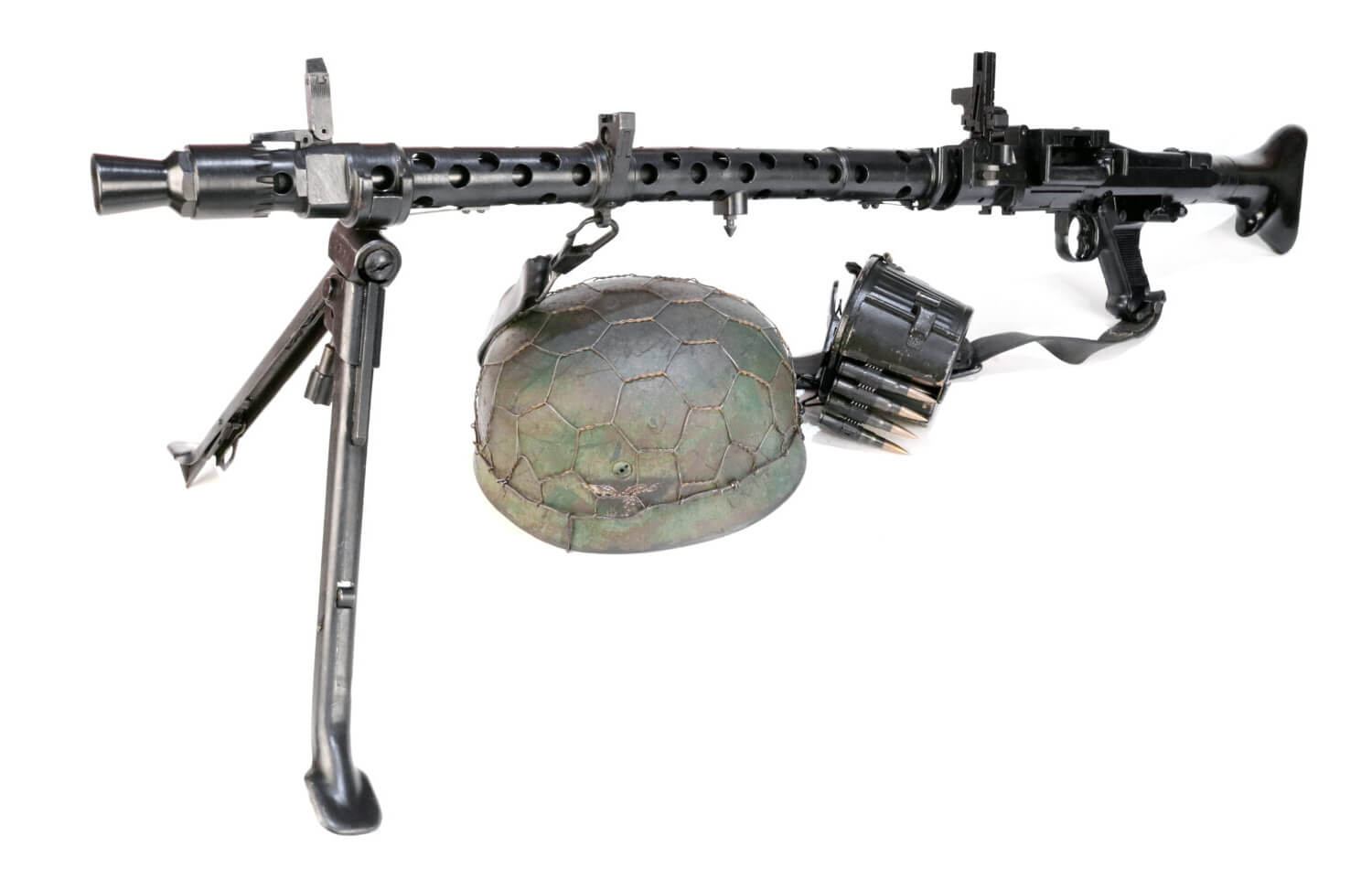
Details
The MG 34 weighs 26.7 lbs. empty and fires the German standard 7.92x57mm round at a cyclic rate of around 900 rounds per minute. The gun runs from the open bolt to enhance cooling and can be fired offhand or off of its integral bipod, a collapsible Lafette tripod, or an antiaircraft rig. Dual two-gun antiaircraft mounts were also used to enhance firepower.
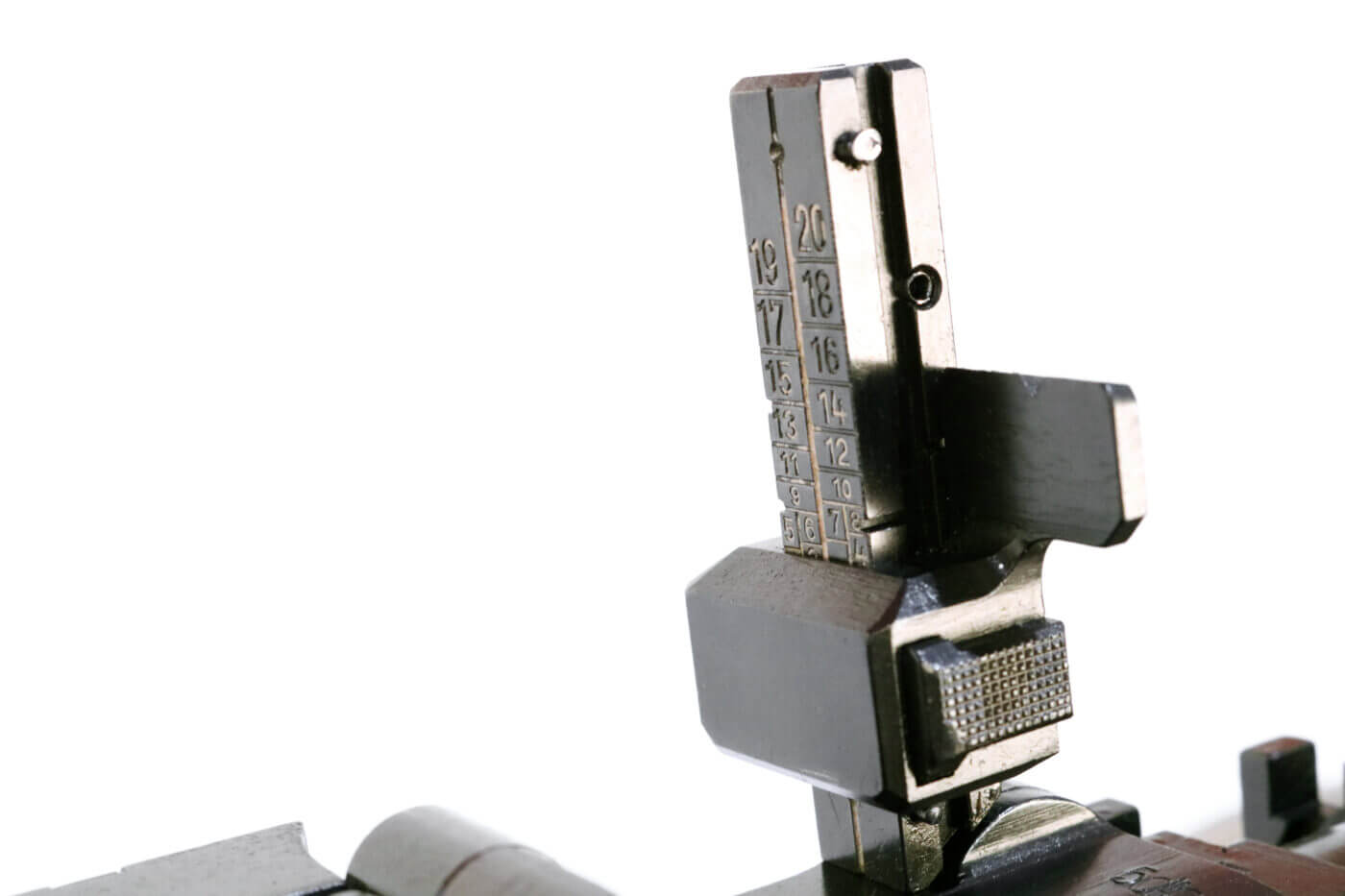
The gun is selective fire via a novel two-stage trigger. Pressure on the top part of the trigger produces semi-auto fire. Pulling the bottom bit is full-auto. The gun typically feeds from 50-round non-disintegrating reusable steel belts that can be hooked together as needed. There is a two-drum spring-loaded saddle magazine contraption that can feed the gun as well, but this requires a dedicated top cover adaptor. The gun was frequently equipped with a small sheet steel 50-round drum that kept the ammo out of the dirt.
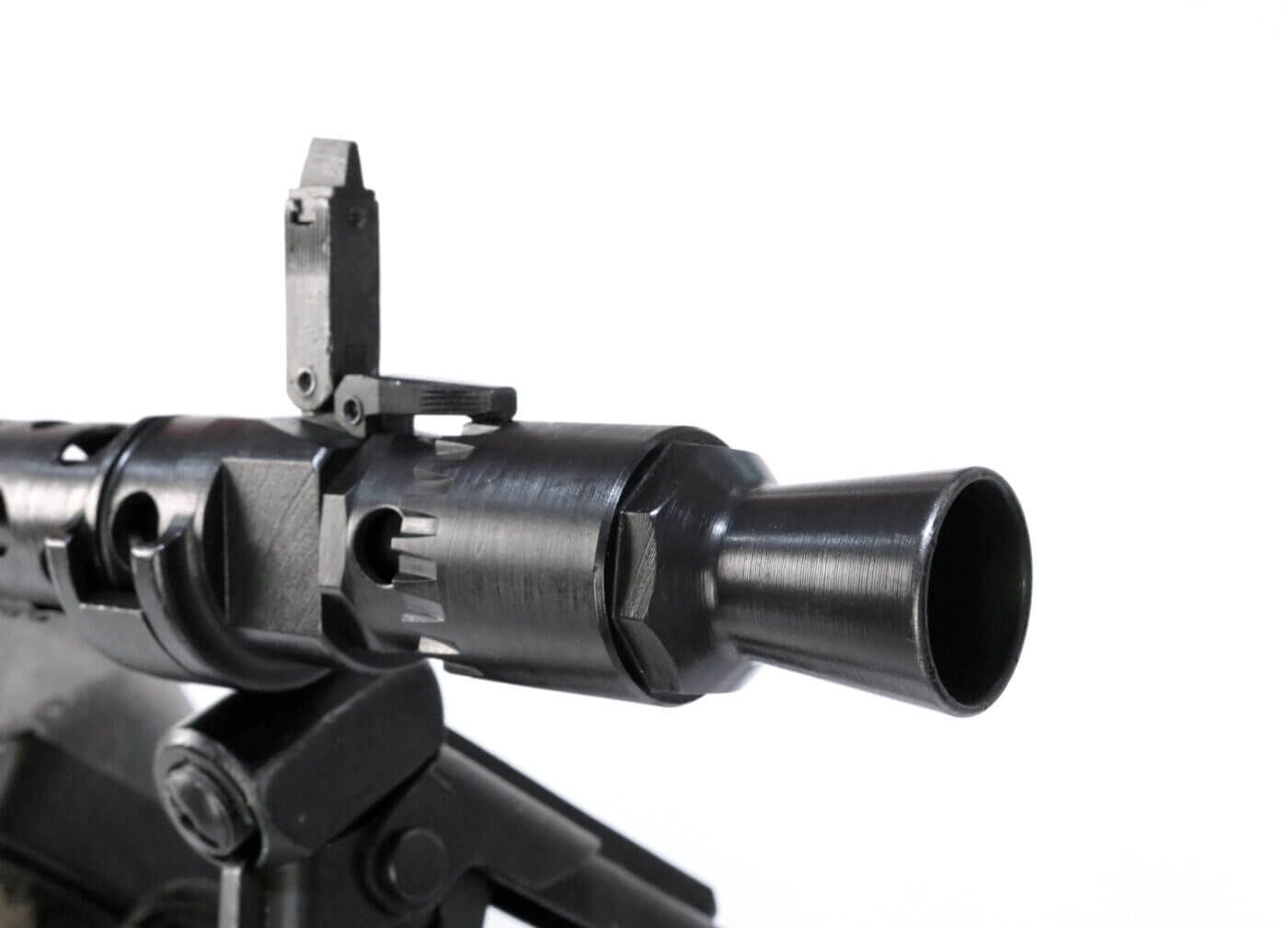
The MG 34 featured a novel quick-change barrel mechanism as well. To swap out the barrels you lock the bolt to the rear and press the receiver release catch at the base of the barrel jacket. Rotate the receiver assembly clear and the barrel can be removed from the rear. Care must be exercised when the barrel is hot lest you roast your fingers.
The MG 34 includes flip-up sights both front and back as well as a detachable antiaircraft ring sight of dubious effectiveness. The Lafette tripod weighs 44 lbs. and is more complicated than the space shuttle. But, it was undeniably effective. The Lafette system included an optical sight and a cool spring-loaded soft mount that helped dampen the gun’s recoil.
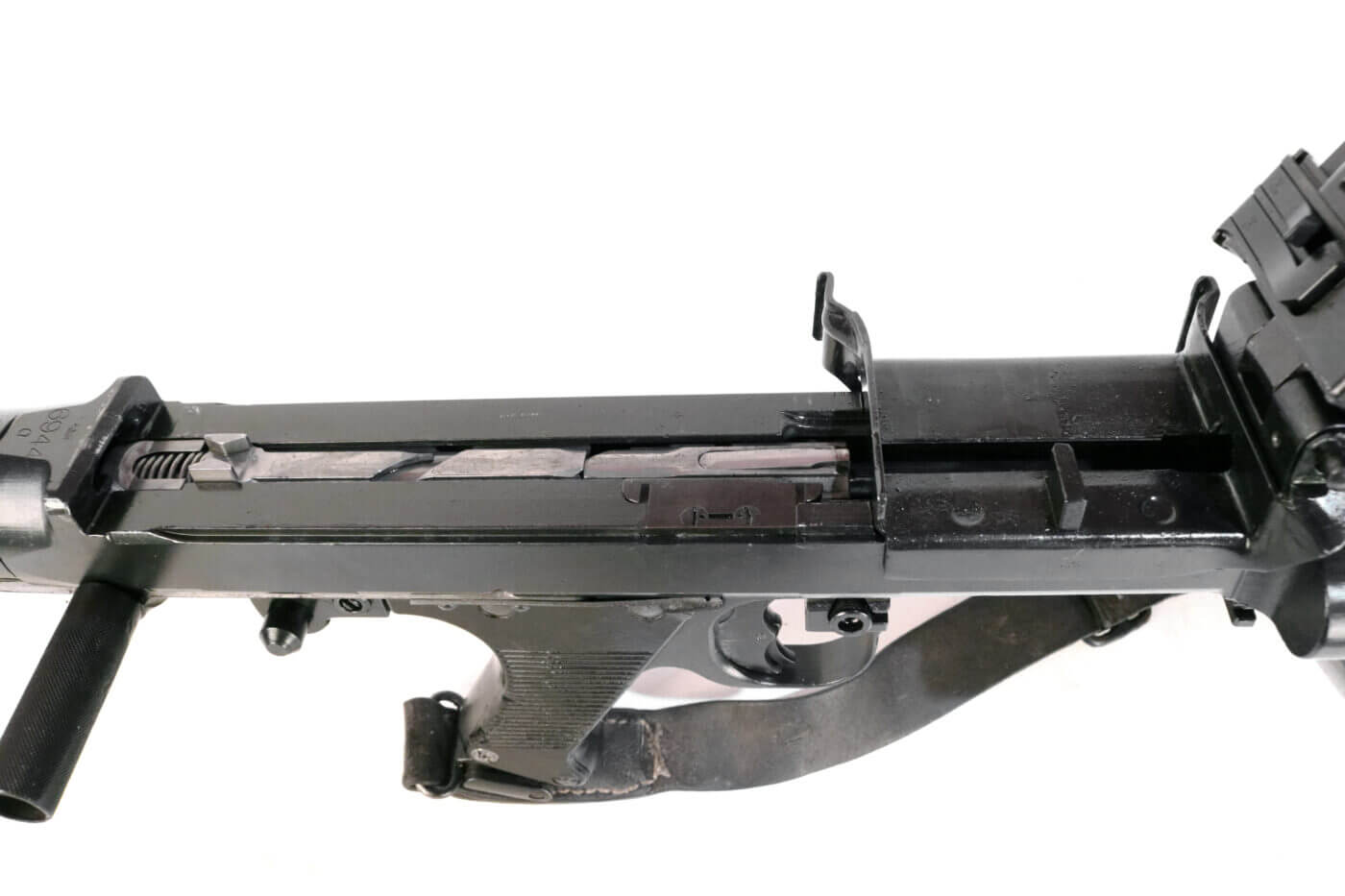
Trigger Time
At 900 rounds per minute, the MG 34 is a bit feisty for my tastes. American M1919-series machine guns cycled at a sedate 500 rounds per minute to facilitate sustained searching fire. By contrast, the German MG 34 and the equally revolutionary MG 42 that followed fired fast on the assumption that targets on the modern battlefield would be fleeting and rare. The end result is that the MG 34 can seem a bit of a handful.
The bipod on the MG 34 has an annoying tendency to collapse backwards under recoil. Lean into the gun and this can be avoided. However, that is one more thing to try to remember when folks are shooting at you.
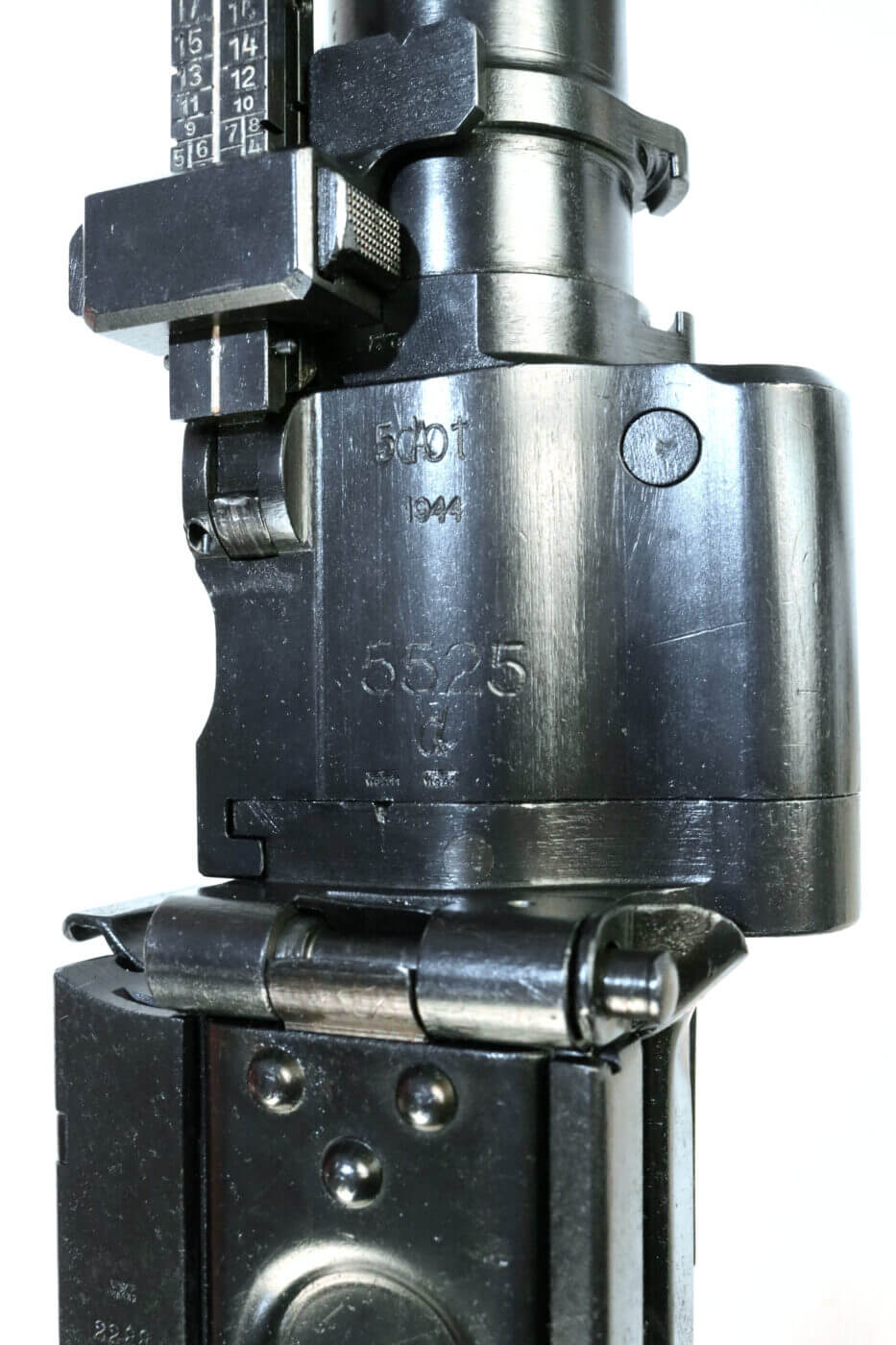
Every MG 34 I have encountered has been relatively finicky. They are all at least 75 years old nowadays and were originally built like sewing machines. Getting a surplus MG 34 to run reliably and well takes a bit of a jeweler’s touch along with a fair amount of experience and quality ammo.
Prior to the MG 34, grunts would engage in fire and maneuver based solely upon the capabilities of their rifles. After the advent of the MG 34, infantry operations orbited around the portable machine gun. Individual riflemen, therefore, existed to support and defend the machine gun team. So it remains today.
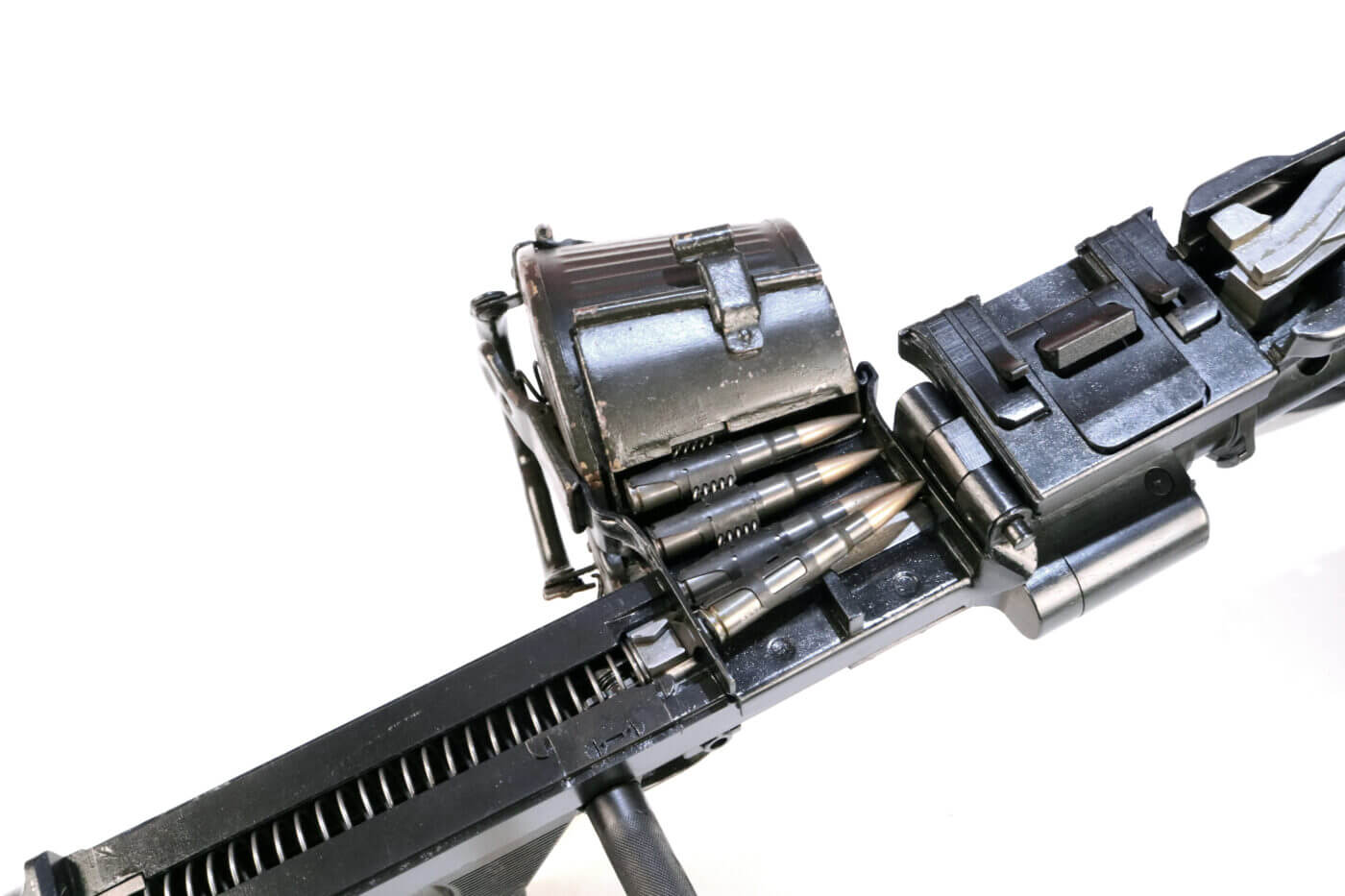
Conclusion
The MG 34 was expensive to produce, difficult to maintain and a bear to hump. However, it also changed the way the world fought wars. To paw over a vintage copy today is to touch a piece of history. Used from the beginning of World War II all the way through the Syrian Civil War today, the German MG 34 is one of the most influential machine guns in history.
Special thanks to www.worldwarsupply.com for the vintage reproduction gear used in the preparation of this article.
Editor’s Note: Please be sure to check out The Armory Life Forum, where you can comment about our daily articles, as well as just talk guns and gear. Click the “Go To Forum Thread” link below to jump in and discuss this article and much more.
Join the Discussion
Continue Reading
Did you enjoy this article?

 179
179






